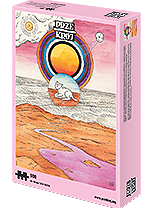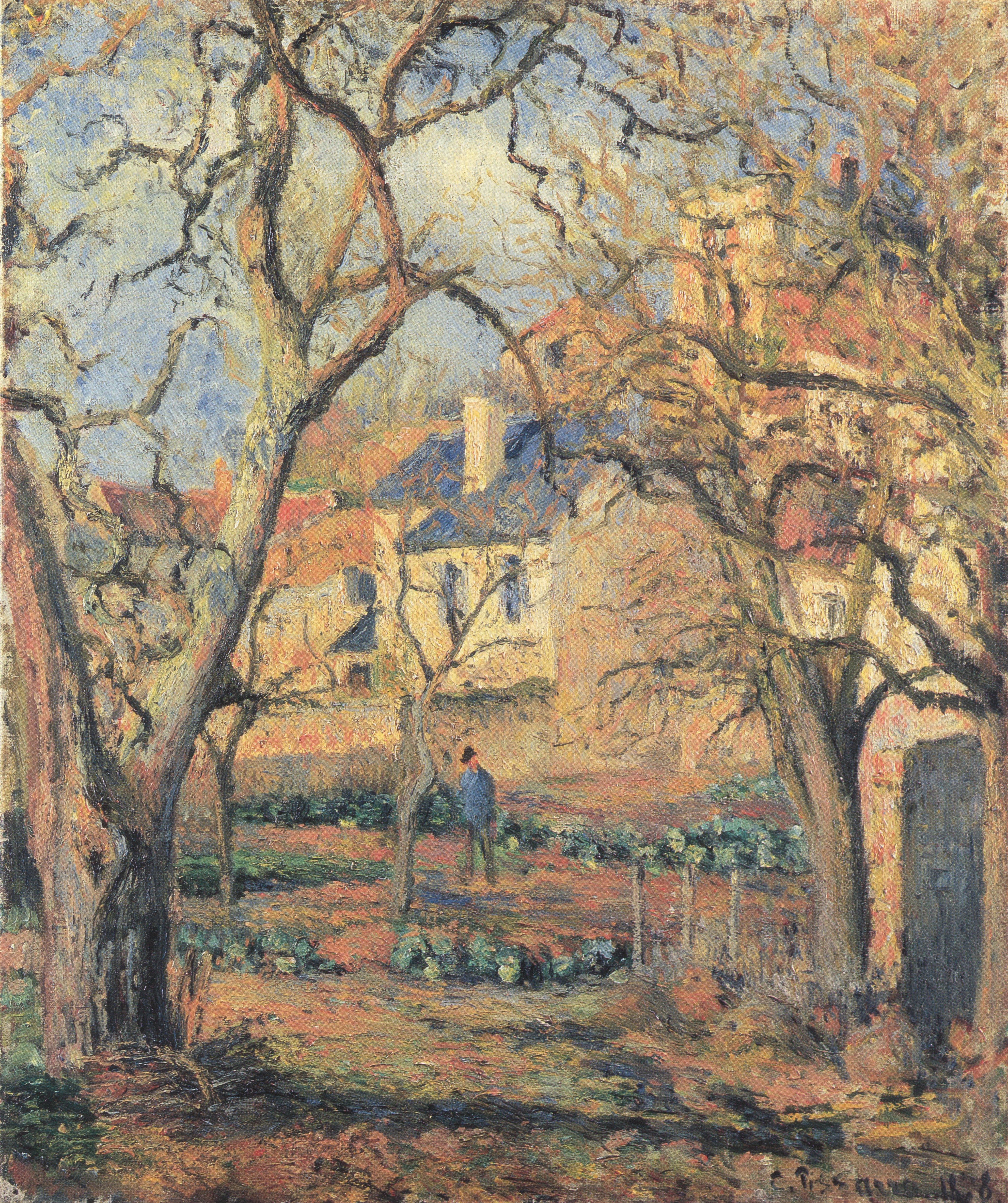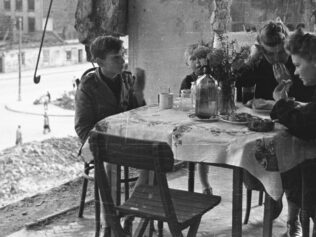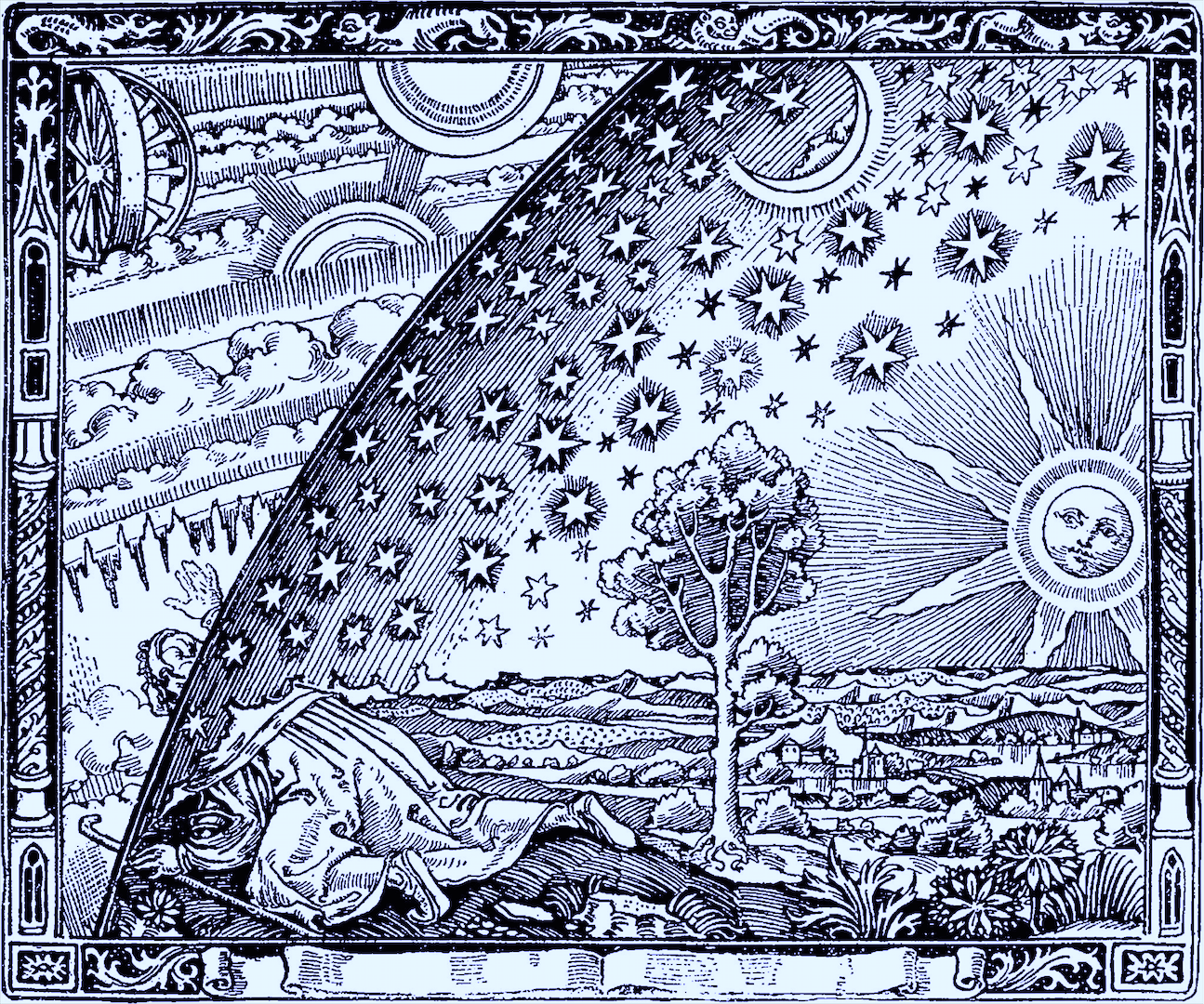
Evie Shockley’s work, like all great poetry, is indefatigably experimental, playing with various registers and the sonic possibilities of English – not just one kind of English but many kinds, spoken by various people with different histories and sensitivities, exposing the flexibility of this language in ways that make her work notoriously difficult to translate.
The poem “in this light” takes on three impressionistic paintings (identified just below it). As all ekphrastic work tends to do, the poem provokes questions concerning the relationship between the senses (in this case, of sight and sound), as well as between various artistic media. Describing in words the canvas of Monet, Pissarro and Sisley seems to be an especially paradoxical endeavour since Impressionism relies not so much on the figurative content of the paintings as on nuances such as light and shade. However, it is that quality of Impressionistic art that Shockley’s poem translates into its own medium, employing such nuances of sound and meaning as the audibly minimal difference between “wrung” and “wrong”, which, however, has serious consequences when it comes to sense. The phrase “wrung gray clouds”, though suggesting some agency that has given the clouds this particular shape, evokes primarily a visual image, while “the river wrong around tree trunks” transcends the visual realm to tell a story: the river shouldn’t be there, it has flooded. But isn’t the flood the consequence of the fact that clouds have been “wrung”, shedding their water onto the early-spring landscape? That this is thinkable in the difference between the vowels ‘u’ and ‘o’ is a token of Shockley’s poetic genius, and perhaps also an echo of the relentless linguistic inventiveness of Gertrude Stein.
Relying strongly on alliteration and unexpected rhymes (“grows” – “rose”; “trees” – “leaves”), Shockley’s playful poem taps into the possibility of the English language to create its own nuanced landscape. Interestingly, Shockley’s verbal landscape incorporates not one but three paintings. Why not? That, too, is possible in poetry. The three paintings represent three seasons: early spring (or late winter) with “wrung clouds” and “river wrong”, then spring with its “greener green” of lettuce rows and finally summer with its “june sun flame”. In addition to seasons, the painters provide “an oil-thick frame of mind”. What is it? Might it be, perhaps, a heightened sensitivity – an attentiveness to the dynamic process of the world’s becoming – in colours as well as meanings?
Click here to read Evie Shockley’s “in this light”.







